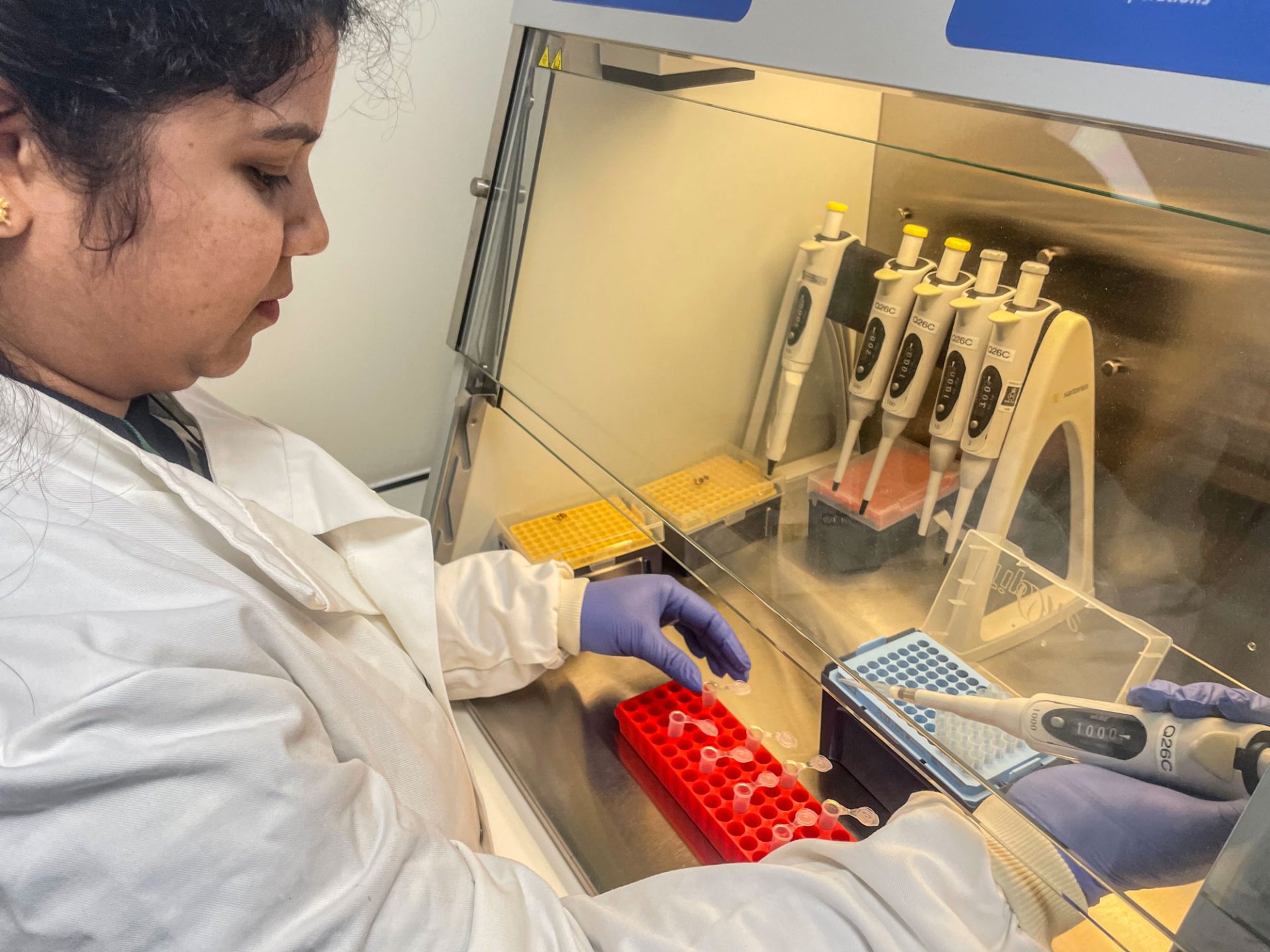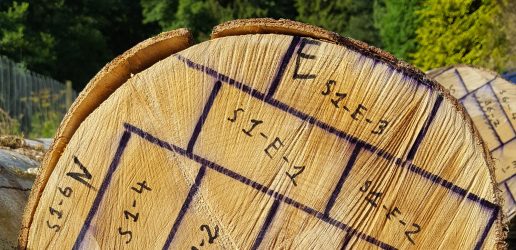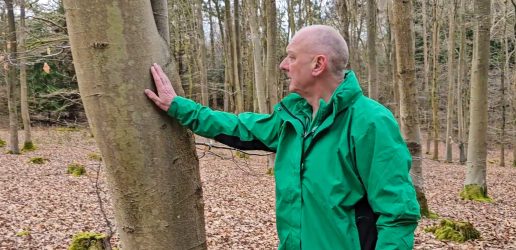Discover Pankajini Samal’s inspirational story as we celebrate the International Day of Women and Girls in Science.
My name is Pankajini Samal and I work as a research assistant in the pathology department at Forest Research (FR).
I joined in August 2023 from India, so I’m still very new to FR. My job focuses on the use of molecular biology techniques for managing tree disease. I currently work with Pedro Romon-Ochoa (Scientist – Pathology) on the chestnut blight project, where I am involved in the genetic diversity and population study of Cryphonectria parasitica, the fungus which causes chestnut blight disease in sweet chestnut plants.
Our project goal is to control the spread of the fungus by using the CHV1 mycovirus as a biocontrol agent. I enjoy the challenge of solving complex problems and cherish finding solutions – and feeling happy that my work has some direct impact on saving nature. My journey to Forest Research
My journey to Forest Research
I came to the UK last year with my husband looking for postdoc opportunities. For this, I am incredibly grateful to my husband for being with me and believing in my dreams. My husband came here to work with his client, so I had to find a new job in my own field of interest within commuting distance.
I saw an advertisement for this job and applied, even though it wasn’t the postdoc position I was really looking for. When I was invited to interview, I thought I would just go for it as it could help me to prepare for other roles, but when I got a call from Anna Harris telling me I had actually been selected for the job I said “yes” without any hesitation!
My journey to this point started when I was studying in higher secondary school. Inspired and encouraged by my science teacher, I started my intermediates in science and did my bachelor’s degree in biology (botany, zoology, chemistry) with botany as my honours subject.
I enjoyed plant science and did my master’s in biotechnology. From there I did the entrance examination for both botany and biotechnology and was selected for both subjects.
I had always been curious about genes, genomes, DNA and RNA, and I used to think about whether it’s possible to cut the DNA, what it looks like, is it a solid, a liquid, how it feels, can I touch it …? So, I decided to take biotechnology as my master’s subject as I felt I could satisfy my curiosity more quickly in this particular field (although later I came to realise that I would have still been able to answer all these questions by studying botany and zoology as well!). Anyway, I managed to get a first in my master’s!
I always wanted to put “Dr” before my name. You may not realise, but in India when you get a PhD then your name and your parents’ name, together with your work, is published in the daily newspaper! So, I had always dreamed that one day I would see my photograph with the tagline “Dr. Pankajini Samal successfully achieved the PhD degree”. I also felt I had to fulfil my father’s dream of becoming a PhD holder as he had to leave in the middle of his own doctorate studies because of his job (but that’s a different story!).
After my master’s I joined a +2 science (11th &12th grade) college as a biology teacher for two years and did the entrance and interview for PhD admission. Then, luckily, I got a job as a senior research fellow at ICAR-National Rice Research Institute – Asia’s largest rice research institute. This institute is in my home town and I used to pass it each day before going to work there. After that, I registered for and successfully completed my PhD. It was during this period that I attended a range of international and national conferences, workshops, training, and met people from a variety of science groups.
Throughout my career I have received many encouraging accolades including “outstanding researcher” and “best oral presenter in a national conference”, I have also won “best poster presenter” in two different international symposiums.
When I got my first “best poster presenter” award I had only finished half of my thesis and it motivated me to work in a more focused way. After my PhD, I received the “women researcher award” for presenting my significant research findings at an international conference organized by the Society for Agricultural Research and Rural Management in 2023. My school congratulated me as the fourth student to complete a science PhD and I gave a motivational talk to the students.
Receiving these awards from the various conferences and groups gave me more confidence and encouraged me to work better. It was then I realised that I was going in the right direction, and I am incredibly grateful to all my supervisors, teachers, mentors and even my critics. After joining NRRI, my research career took off and landed me right here in UK, at Forest Research!
Being a female scientist, I can give the following advice to other aspiring female scientists: never stop trying and always try to boost your inner confidence. There is definitely a place with your name on it! Sometimes the road will be hard or difficult, but never impossible. You can easily achieve your goals with determination, will power and a pinch of luck!
Pankajini Samal, Pathology Research Assistant at Forest Research

Forest Research, in partnership with Edinburgh Napier University, have taken a first step in systematically assessing the timber potential of underutilised species in the UK.
Tree professionals working in arboriculture are being asked to take part in a new tree health survey as part of a DEFRA-funded project looking at pathways and practices concerning the tree disease, canker stain of plane.

Nature, the world’s leading multidisciplinary science journal, has published findings from a new global study investigating which tree species fix the most carbon.

Forest Research, in partnership with Edinburgh Napier University, have taken a first step in systematically assessing the timber potential of underutilised species in the UK.
Tree professionals working in arboriculture are being asked to take part in a new tree health survey as part of a DEFRA-funded project looking at pathways and practices concerning the tree disease, canker stain of plane.

Nature, the world’s leading multidisciplinary science journal, has published findings from a new global study investigating which tree species fix the most carbon.